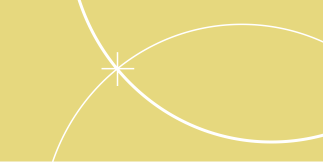Wound Balance - Achieveing Wound Healing with Confidence

- Approx. time to complete
- 60 min
- Topics
- Wound Balance
Enterocutaneous fistula (ECF) is a challenging complication after visceral surgery associated with high morbidity and mortality rates. Control of sepsis, nutritional support, evaluation of ECF anatomy and delay of definitive surgery are the crucial aspects in holistic management of patient care.
Moreover, chemical skin irritation by enteric effluent, inflammation of the surrounding tissue, impaired wound healing result in extremely challenging management in this group of patient. Negative pressure wound therapy (NPWT) is recognized as a method of choice in ECF management. The strategy facilitates active enteric drainage, maintains moist wound environment that enhance wound bed proliferation and improves nursing care. In this study we describe a technical aspects of ECF patient management as well as present case series report showing varying applications of NPWT in clinical practice.
Retrospectively, we analyzed 32 patients with ECF diagnosed on clinical examination, confirmed by imaging studies and classified with regard to anatomic location, output volume and complexity. Patients were evaluated with ECF spontaneous close rate, management practice and outcome.
A wide spectrum of NPWT techniques were used included: fistula VAC, tube VAC, Pepe’s technique, silo VAC, fistula intubation and others. High-output fistula and presence of protruded intestinal mucosa are the most important clinical factor when considering spontaneous ECF closure rate. Otherwise, diversion of fistula effluent is crucial. Utility of NPWT allows for simultaneous wound bed healing and treatment of dominant ECF as a stoma-like management
NPWT is a safe and efficient method in ECF management. The strategy and NPWT technique should be adjusted upon the specific ECF characteristics. A multidisciplinary approach is highly needed to achieve the goals of ECF management.
Adam Bobkiewicz
Poznan University of Medical Sciences , Department of General, Endocrinological Surgery and Gastroenterological Oncology , Poznan, Poland
Hello, I’m Zoe
I am here to help you to find what you are looking for. (Your virtual assistant)